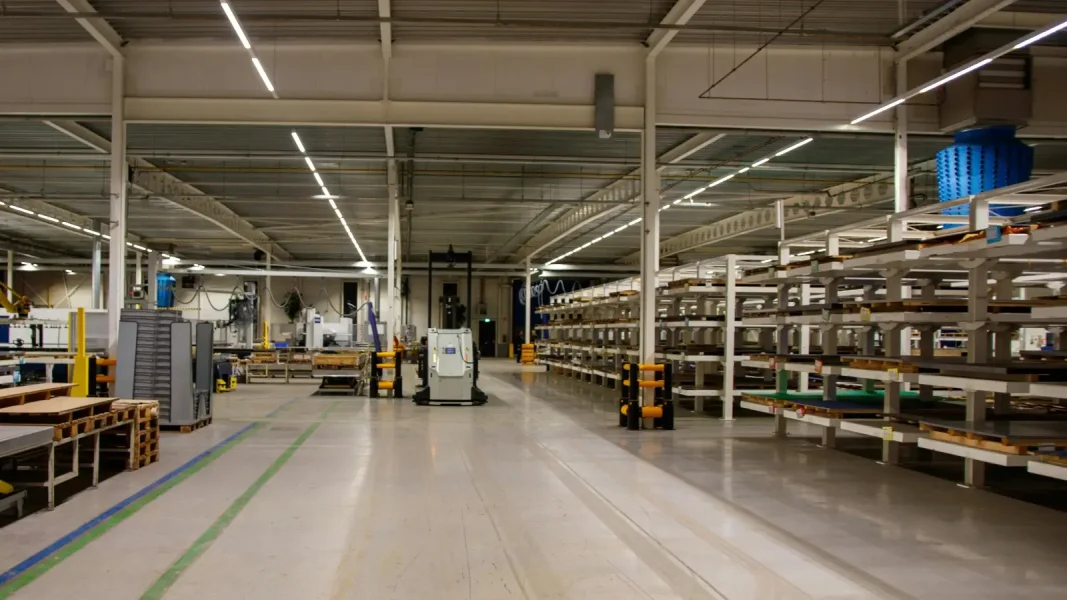In a world marked by ultra-competitiveness, online price transparency and assortment volatility, building a relevant pricing strategy is no longer a matter of intuition or one-off benchmarks. Effective pricing is based on exhaustive, comparable and continuously updated data.
But in order to get the most out of this data, it needs to be properly combined. This is where product matching the ability to identify, on a large scale, equivalences or similarities between products sold by different market players.
Although this discipline is sometimes reduced to the simple logic of aligning EAN codes, it is in fact much more strategic and complex. The emergence of AI in data commerce processes has considerably enhanced the potential of product matching, enabling us to go far beyond exact correspondence, to integrate notions of similarity, functional equivalence and adjusted comparability. Matching has thus become a structuring foundation for any structured, competitive and profitable pricing approach.
In this article, we’ll explore three key dimensions of the subject: firstly, how product matching structures a successful pricing strategy; secondly, the limitations of traditional EAN-based approaches and how AI overcomes them; finally, the direct operational impact of matching on price competitiveness, profitability and commercial agility.
A solid pricing strategy based on precise product matching
In retail, price is both a lever for customer acquisition and a direct determinant of margin. However, the definition of the “right price” can only be made if we know what we’re comparing it to. Product Matching meets precisely this requirement. It enables us to identify products in our competitors’ assortments that are equivalent or similar to those we sell. . As a result, the posted price is no longer set in isolation, but takes into account an objective market context.
This contextualized price positioning makes it possible to achieve a dual strategic objective: to remain competitive without entering into a destructive price war, and to maximize margins where perceived value or differentiation allow. In the absence of Matching, we often observe two drifts: under-pricing, which needlessly erodes margins, or unjustified over-pricing, which weakens conversion and sales performance.
Conversely, well-calibrated Matching enables us to map out areas of competitive intensity, identify pricing windows of opportunity, and implement a truly controlled “data-driven” pricing strategy.
This process is also part of a global management approach. By aggregating competitive pricing data from Matching, teams can visualize their positioning in real time, define dynamic pricing rules, and automate decision-making. We’re not talking here about a one-off analysis tool, but a structuring component of any modern pricing architecture.
At Bureau Vallée, the transition to a structured pricing strategy has resulted in the integration of a Product Matching Solution that automatically links over 1,200 SKUs in 20 seconds. Overall, s n 44,200 references, 26,900 are linked to one or more competing products.
In this way, the company has strengthened its knowledge of the competition’s positioning by keeping a weekly price watch on seven key players.
This precise chaining avoids underpricing or overpricing errors, guaranteeing a reliable, up-to-date basis for comparison that can be directly used to steer margins in an inflationary context.
Beyond EANs: the role of AI in complex product matching
The use of EAN codes for product matching is historically logical: it’s based on an international standard designed to uniquely identify products. In practice, however, this approach quickly proves insufficient. Many products are marketed under different codes for logistical, commercial or marketing reasons.
This is particularly true for private labels, products from different factories or formats, and exclusive brands. As a result, two identical or very similar products cannot be chained by a simple identifier matching.
This is where artificial intelligence changes the game. Modern Product Matching systems use machine learning and natural language processing models to detect deep similarities between product sheets, even in the absence of a common EAN.
These technologies analyze technical specifications, text descriptions, visuals, and sometimes even consumer reviews, to build highly accurate matches.
For example, in the case of a washing machine, AI can associate two models based on criteria such as capacity, spin speed, noise level or energy class.
The AI approach makes it possible to suggest matches dynamically, as and when new products appear on the market. This continuous Matching ensures optimal coverage of the competitive assortment, without relying on static repositories.
What’s more, standardization of formats (via conversion coefficients for price per liter, kilo, etc.) enables fair comparisons to be made between products sold in different packaging formats.
This new generation of Matching brings a level of granularity and reliability that enables advanced pricing automation, while adapting to the growing complexity of catalogs and sales practices.
Bureau Vallée’s previous system, based on manual extractions and the use of Excel, was unable to identify complex product matches – particularly for private labels or multiple formats.
In less than 2 hours, the user managed to validate 300 matching suggestions with a reliability rate of over 90% based on the suggestions made by the AI.
This attribute similarity approach considerably reduced processing time while increasing data quality.
Major operational benefits for retailers and pricing teams
Integrating a high-performance Product Matching system into the pricing ecosystem has very tangible effects on operational efficiency and profitability. Firstly, it considerably reduces the time and resources devoted to competitive intelligence.
Where category management teams previously had to manually compare hundreds of product sheets, an AI-driven matching engine automatically suggests equivalent products, continuously updates data, and feeds directly into pricing tools.
This automation frees up precious time for higher value-added activities, such as building pricing rules by segment, positioning strategy by range, or analyzing price elasticity. It also enables immediate reactivity: when a competitor lowers its price or introduces a new product, the system suggests possible adjustments in real time, while taking into account margin targets or internal commercial constraints.
At the same time, product matching improves the quality of decision-making information. It provides an exhaustive view of market positioning by product family, identifies cannibalization zones and gaps in assortment, and facilitates the management of private labels compared with national brands. It also plays a crucial role in differentiated or geolocalized pricing strategies, by adapting positioning to the local competitive context.
Finally, from an economic point of view, the benefits are clear: improved competitiveness on key products, revaluation of undervalued references, and secure margins on products with low competitive pressure. Matching thus becomes a value-generating tool as well as a lever for operational rationalization.
The integration of the Matching and Range Consistency modules has enabled Bureau Vallée to centralize its data and align its pricing strategies more closely.
The result: fewer errors, optimized assortment display and smoother planogram management. Pricing teams have halved their alignment time, while improving productivity and sales responsiveness – particularly at key times such as back-to-school.
– – – – – – – – – – – – – – – – – – – –
Product Matching, long perceived as a technical task or a secondary pricing function, is now becoming an essential strategic lever for retail players.
By providing a detailed and reliable reading of the competitive environment, it enables retailers to build truly data-driven pricing strategies, capable of reconciling competitiveness, agility and profitability.
The emergence of artificial intelligence technologies applicable to Matching is transforming this discipline into an intelligent, autonomous and scalable process. Retailers who fully integrate it into their pricing engine gain a structural competitive advantage, by anticipating market movements, optimizing their assortment and steering their pricing policy with surgical precision.
In a world where every euro of margin counts, mastering Product Matching is no longer an option, but a strategic necessity. It’s the foundation of modern, profitable and market-oriented pricing.
The example of Bureau Vallée is a powerful illustration that Product Matching is not simply a monitoring tool, but a strategic lever for competitiveness and margins.
Thanks to an AI-based solution, the retailer has automated product matching, made its data more reliable and structured its pricing policy on solid foundations. In times of inflation and competitive pressure, Matching has become an essential pillar for any retailer wishing to manage its prices with accuracy, agility and performance.





